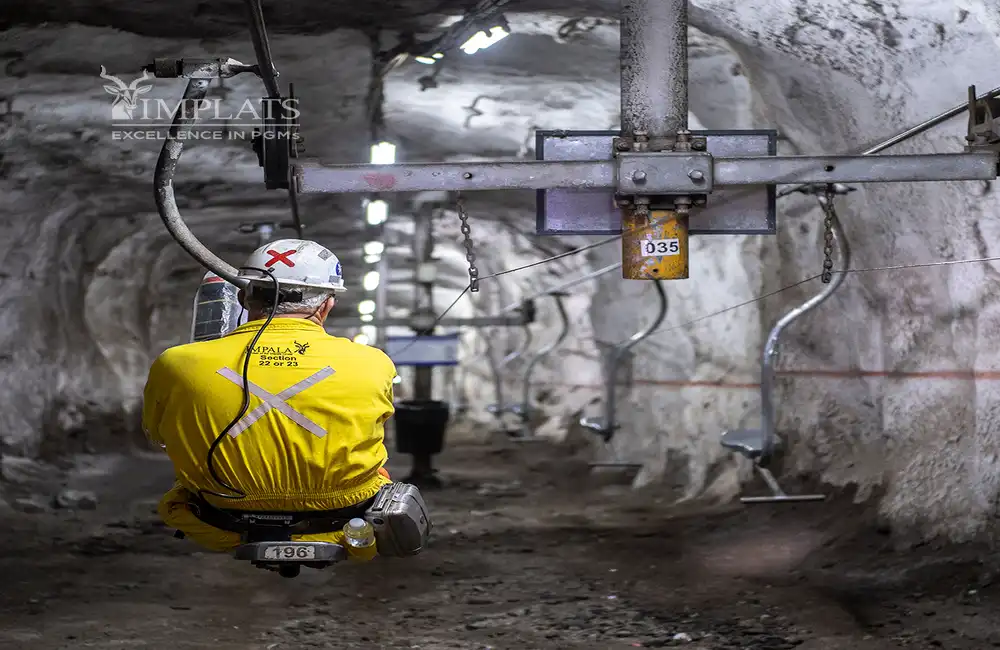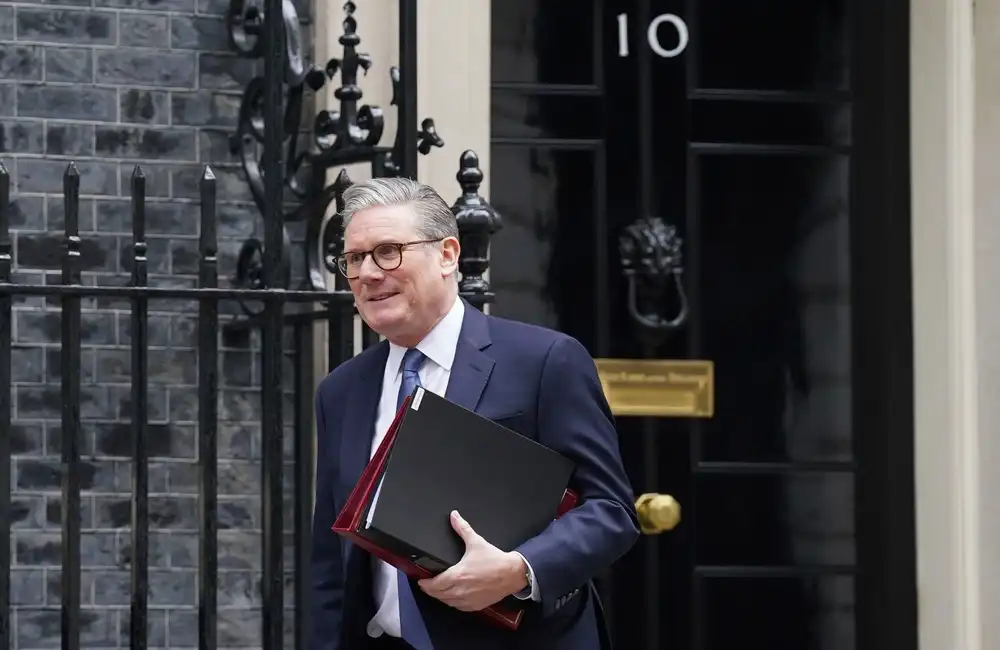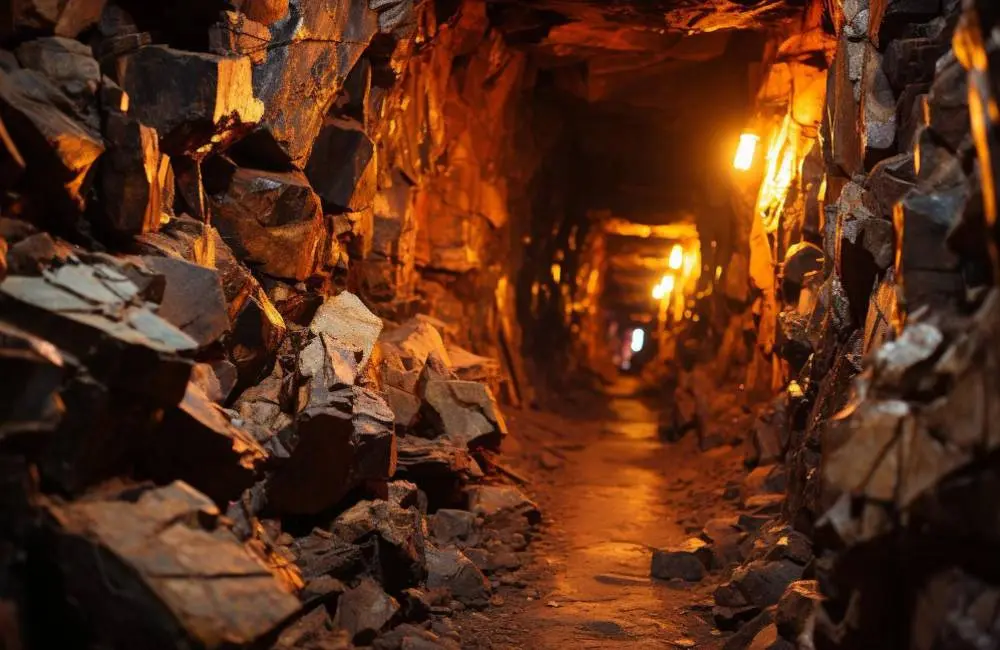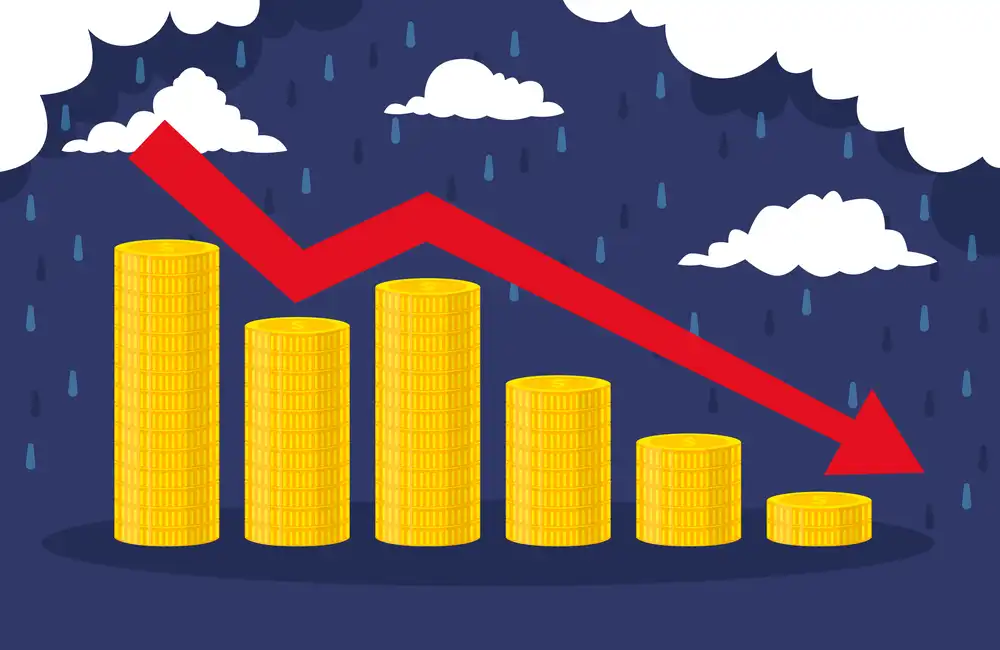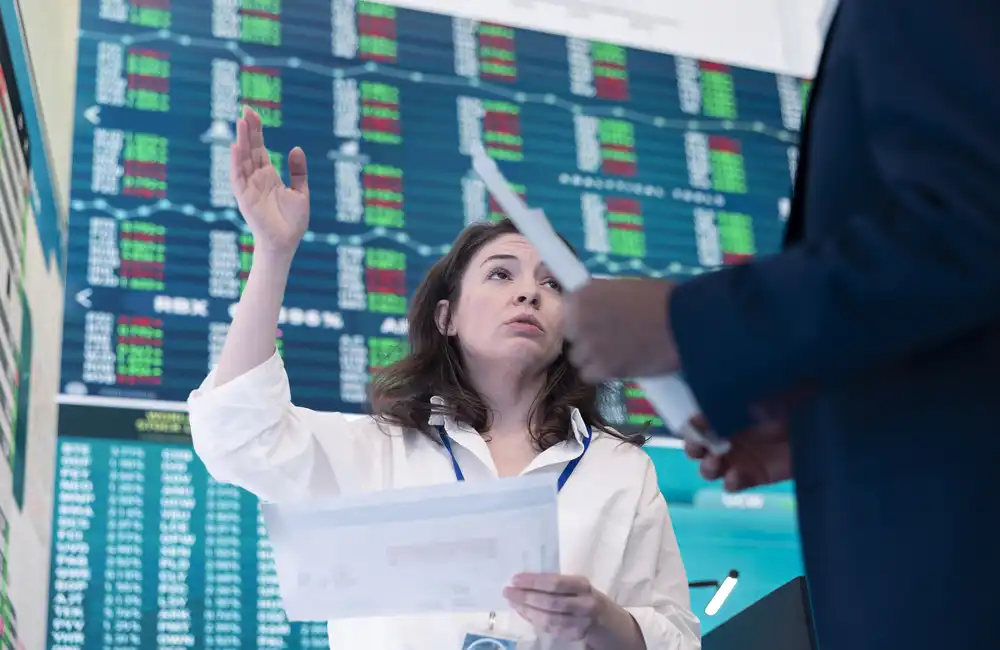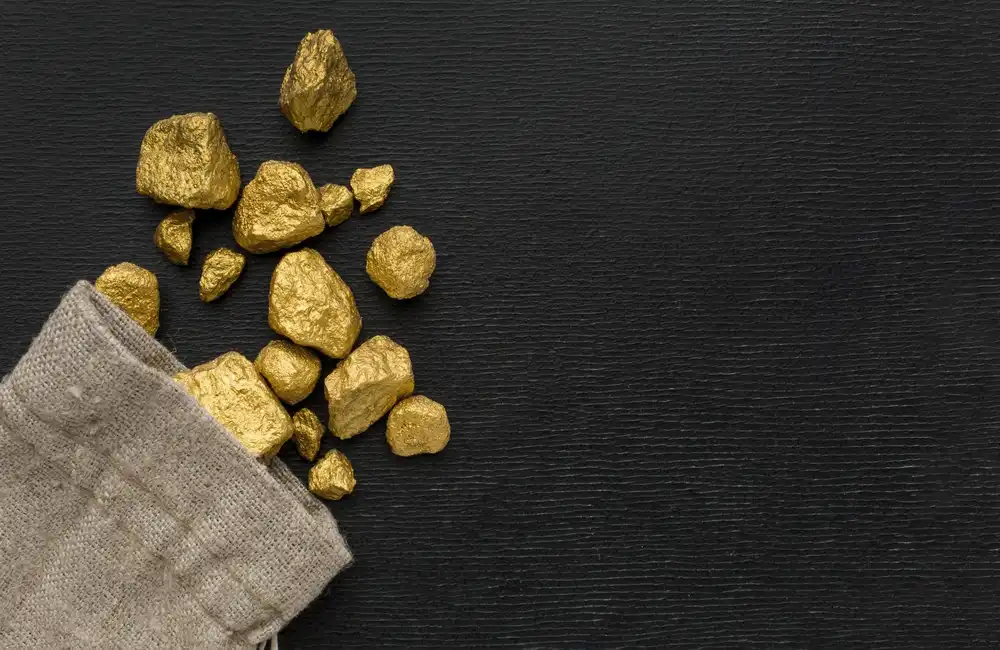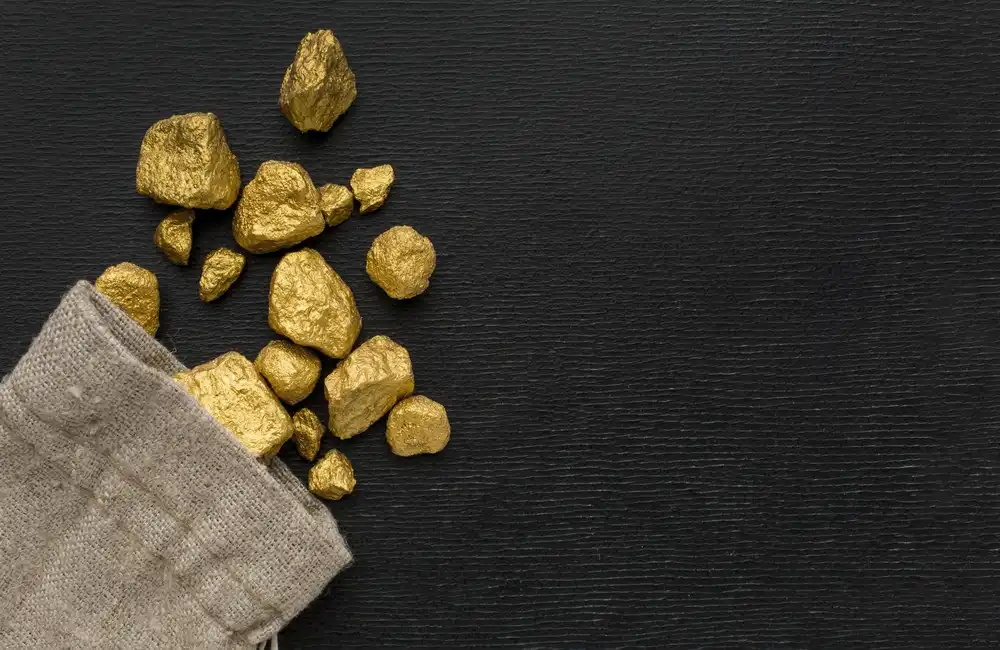The semiconductor chip shortage weighed on new car sales, but electric vehicles, which prioritised production over new combustion engine models last year, helped demand for nickel grow, UBS analysts said in a research note. Sales of electric vehicles (EV) in its core European, Chinese, and US markets climbed about 130% (y/y) to net more than 3 million units in 2021.
The Swiss multinational investment bank noted that it had also recently upgraded its forecast for China EV sales and anticipated global EV sales to rise 60% year over year to about 4 million units in 2022.
"Batteries were about 10% of global nickel demand as of 2021, but the pace of long-term demand growth is steep enough that EVs are already giving us the transformational nickel demand growth that was hoped for," said UBS metals and mining analysts, including Daniel Major, in a research note.
“The share of EV/renewables in total copper demand is around 6%, but it’ll likely grow at a slower pace than nickel, since it was coming off a much higher base from renewables in 2021,” the analysts said.
Globally, about 70% of all nickel demand goes to the stainless steel sector. Alloys account for about 20% and its demand is expected to take the most years to return to pre-pandemic levels, HSBC said.
The metal also is expected to be a driver in the energy transition, thanks to the increasing market for nickel-cobalt-aluminum batteries for electric vehicles, which make up about 10% of the total nickel-consuming market.
China
“We have seen accelerated EV sales, particularly in Europe and China, yet EVs are only around 6%-9% of the overall car market,” said Edward Meir, a broad-based commodities analyst at ED&F Man Capital Markets.
China is the leader in the global EV market, accounting for 3.2 million units sold in 2021, or 14% of total Chinese car sales. US sales doubled last year to just under 660,000 units, or 4.4% of the US passenger market, Meir said.
Plug-ins made up roughly a quarter of all sales in 2021 in Germany, and for France and the UK, penetration was around 20%. Norway led with a rate of 86%, the analyst added.
“Outside these countries, EVs represent just 1% of sales and the level of penetration will take a lot longer to play out, as will COP 26 climate goals,” Meir said.
“For now, the auto makers don't have a choice but to get into line with government mandates to transition their vehicle fleets to EVs,” the analyst said.
US EV rollout
In the U.S., 22 models, mostly SUVs and trucks, are expected to be launched in 2022, and another 27 are due for release next year, Meir said.
Sales of EVs in the US grew 88% YoY in 2021, yet they are still yet to catch on more widely. “We have a lot of electric vehicle conversations,” one auto dealer said, according to the transcript. “But it has not translated into consumers walking in there, and saying ‘I got to have one,’” the ED&F analyst said.
“This is precisely the issue going forward, i.e., what happens if these deadlines arrive and car companies discover that there is lower-than-expected EV uptake for whatever reason (i.e., sticker shock, no more subsidies, range anxiety, expensive power, pricey batteries or gas cars lingering well beyond their 'use-by' date)?” Meir said.
If that ever happens, Meir thinks governments could move deadlines for a whole switch, “the same way they moved it arbitrarily when they left the car industry a little high and dry,” he said.
Growth driver
Nickel demand from batteries accounted for approximately 11% of total demand in 2021, said HSBC metals and mining analysts led by Jonathan Brandt.
“It remains the leading growth driver and is expected to represent 23% of demand by 2026 [according to estimates],” HSBC referred.
HSBC’s EV team said it has now raised its EV penetration estimates, which includes battery electric vehicles and plug-in hybrid electric vehicles, from 17% to an estimated 25% in 2025.
“We expect that demand for nickel used in batteries will increase to around 855,000 mt in 2026 from around 296,000 mt in 2021. But Lithium ferrous (iron) phosphate (LFP) cathode chemistry has become more popular compared with nickel-based cathodes since early 2021,” HSBC said.
HSBC has its average 2022 LME nickel price forecast at $19,493/mt, UBS at $21,477/mt, ANZ between $21,000-$21,500/mt, ED&F Man Capital Markets at $21,950/mt, and Commerzbank has said prices will reach $22,000/mt by year-end 2022.
London Metal Exchange three-month spot nickel price was trading at $23,035/mt at 1:17 pm GMT Jan. 20.


